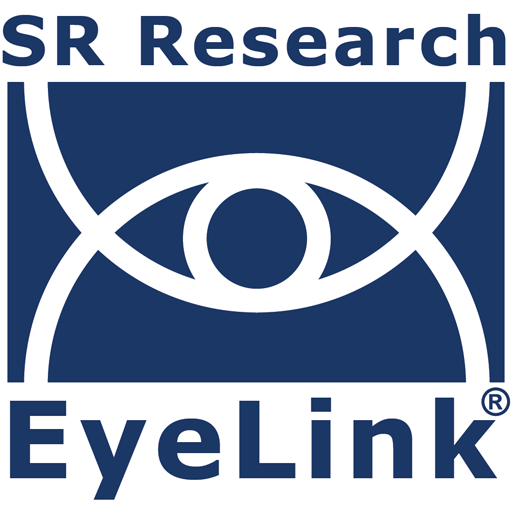案例研究:在自然阅读过程中,将神经活动与精确的眼动数据对齐

本案例研究探讨了将眼动追踪数据与功能性近红外光谱(fNIRS)结合起来研究自然阅读过程中的认知过程的方法学优势,从Roelke等人(2020)的研究文章““固定相关的近红外光谱指数”中获得了见解。这项研究有效地展示了这种组合方法如何更全面地理解文字处理背后的神经机制。
传统的神经影像学方法往往难以捕捉自然阅读过程中发生的快速和动态的认知事件。例如,连续呈现单词的方法会创建一个人工阅读环境,可能会掩盖现实世界的处理效果。眼球运动的固有可变性,如注视持续时间和扫视,进一步使神经反应与特定词汇事件的精确相关性复杂化。Roelke等人通过利用与注视相关的fNIRS来解决这些问题,这是一种旨在将神经活动与精确的眼球运动数据对齐的技术。SR Research以2000 Hz的频率记录眼球运动EyeLink 1000 Plus眼动仪。
集成的力量:眼动追踪和fNIRS
该研究展示了这种组合方法的独特优势:
- 生态有效性:与连续单词呈现不同,眼动追踪的使用使参与者能够自然地阅读整句话,为研究认知过程提供了一个更具生态有效性的语境。这对于理解大脑在现实世界中如何处理信息至关重要。
- 高时间分辨率:fNIRS提供了高采样率(超过10 Hz),使研究人员能够区分与非常短的事件(如单个固定(约250 ms))相关的血流动力学反应。这种时间精度对于将神经活动与特定的词汇处理步骤相关联至关重要。
- 事件相关分析:通过将单词的每个注视点作为事件的标记,该研究有效地将神经反应与特定的文字处理实例联系起来。这种与事件相关的方法直接基于眼动追踪数据,可以对单词频率和可预测性等因素如何影响大脑活动进行精细分析。
- 对副中央凹加工的见解:这种组合方法使研究人员能够研究“副中央凹对中央凹”效应,研究周边视野中单词的信息如何影响当前固定单词的加工。这是自然阅读的一个关键方面,缺乏精确眼动数据的方法很难捕捉到。该研究发现,当一个不可预测的低频单词出现在大脑旁时,左枕叶皮层的激活增加,突显了这种能力。
Roelke等人(2020)的研究提供了一个令人信服的例子,说明眼动追踪与fNIRS的结合如何显著提高我们对自然阅读的理解。这种综合方法提供了生态有效性和高时间分辨率,可以更准确、更详细地研究语言处理过程中眼球运动和神经活动之间的复杂相互作用。
有关眼动追踪如何帮助您的研究的信息,请查看我们的解决方案和产品页面或联系我们。我们很乐意为您提供帮助!
